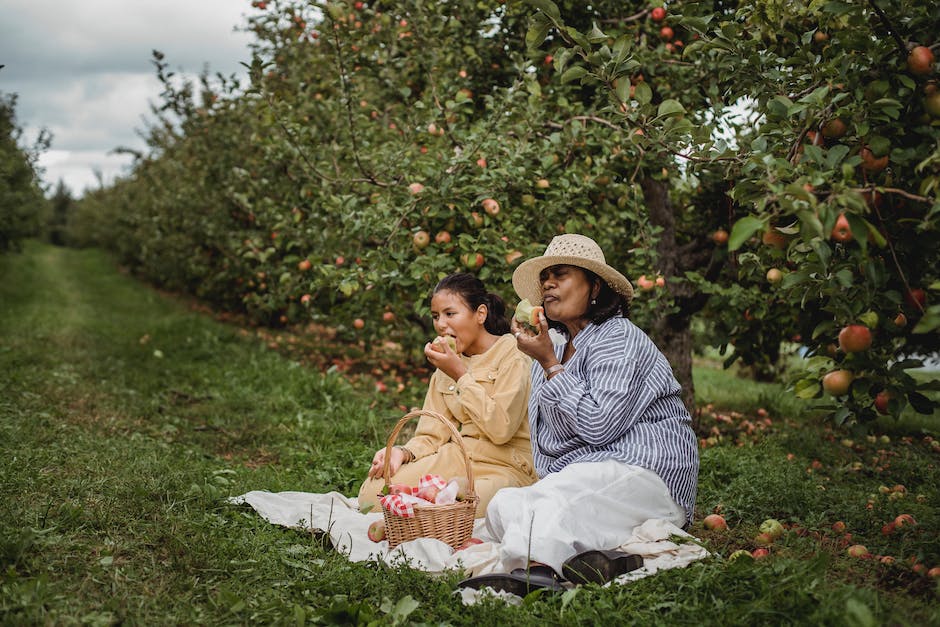Espalier is a French word meaning “to trellis” or “to support.” An espalier is a plant (most often a fruit tree) that is grown against a wall or fence in a two-dimensional plane. The most common espalier plants are fruit trees. Espalier fruit trees are trained to grow in a specific pattern that is dictated by the gardener. This training allows the fruit tree to take up less space, making it ideal for small gardens or even large patios. While espalier fruit trees can be purchased, many gardeners prefer to train their own trees.
One of the most common questions asked by those who are new to espaliering is “how do I prune an espalier apple tree?” While there are many different ways to prune an espalier apple tree, the following steps will provide a general guide on how to prune this type of tree.
When it comes to pruning an espalier apple tree, there are a few things you need to keep in mind. First, you need to prune the tree when it is dormant. This means pruning it in late winter or early spring, before the tree starts to produce new growth. Secondly, you need to be careful not to over-prune the tree. This can damage or even kill the tree. Finally, when pruning an espalier apple tree, you need to focus on creating a balanced shape. This will help the tree produce fruit more evenly and also make it more attractive.
How do you prune espalier apples?
Espalier trees are trained to grow in a flat, two-dimensional plane. As a result, they produce fruit on short stems called spurs. To encourage fruit production, prune new buds and shoots back to a point where five leaves cluster around the stem. This will encourage the buds on the bottom half of the lateral branch to produce fruit.
The idea is to have our branches coming along like this and then we want our fruiting surface to be more like this. This way we can get more fruits and flowers.
How do you cut espalier
In pruning, the first cut is made just above the height of the first branch. This cut should be at a 45-degree angle, about 1/4 inch above the branch. The second cut is made about 1/2 inch above the first cut, at a 45-degree angle.
Espaliers are a great way to add interest and structure to your landscape. By pruning them back regularly, you can keep them looking neat and tidy while also controlling their height and shape. Fruit-bearing trees should be pruned after the fruit has set.
When should you prune espalier apple trees?
Espalier apple trees are pruned in summer, typically in late August. Here are the steps involved in pruning espalier apple trees:
Shoots growing from the horizontal trained branches should be cut back to three leaves above the basal cluster.
Apple tree trimming is best done in late winter to early spring, after the worst of the cold snaps. This minimizes the possibility of injury due to frost.
What happens if you prune apple trees in the summer?
Summer pruning has a number of benefits for fruit trees. By removing some of the shoots and leaves, the tree is better able to direct its energies towards ripening the fruit. This results in larger and better-quality fruit. Summer pruning also helps to increase air circulation around the fruit, which reduces the risk of mould or rot.
This is a good reminder to not be too quick to trim or change the shape of a tree branch. Instead, it suggests letting the branch evolve naturally.
What shape should apple trees be pruned
The Central Leader system is characterized by a single, dominant vertical stem (the “leader”), with lateral branches radiating out from it in a more or less symmetrical fashion. This system is typically used for the production of high-quality fruit, as it focuses the tree’s energy on a limited number of productive fruiting spurs.
Espaliered trees are trees that are trained to grow flat against a wall or trellis. Because they are less susceptible to breaking branches, espaliered trees can have an incredible life span – some espaliered apple trees are still producing fruit after 150 years!
How big do espalier apple trees grow?
Mature espalier trees usually have between two and six tiers, giving heights of 15m (5ft) to 3m (10ft). The span can range from 2m (6ft) to 45m (15ft).
Espaliers are a great way to maximize space in your garden and produce a bountiful crop of apples and pears! M26 and MM106 apple varieties are best for thispurpose, and Quince A pears do very well inespaliers too. Plant your trees 36-5m (12-15ft) apart to give them room to spread out and establish themselves.
What is the best position for espalier fruit trees
Espalier apple trees are best grown against a wall or fence in a sheltered spot where they will get at least 6 hours of sunlight daily in spring and summer.
Espalier trees are typically more compact than ordinary fruit trees, yet they still produce an abundance of fruit. On average, espalier trees produce 45 pounds of fruit per season – that’s nearly double the amount of fruit produced by an ordinary fruit tree! If you’re looking for a way to maximize your fruit production, then espalier trees are definitely worth considering.
How do you support a espalier apple tree?
We use stretchy tape instead of wire because we don’t want the wire to actually cut into the more.
It’s important to cut back any branches that are lower than your knee so that the fruit doesn’t touch the ground. You should also cut branches that are growing together or in towards the tree to prevent overcrowding.
Can I prune my apple tree in September
Pome fruits are best pruned in winter, ideally between November and early March. This is because the tree is dormant during this time and pruning will stimulate new growth.
Pruning your fruit tree every year is important for its health and productivity. If you don’t prune, the tree will be more susceptible to disease and will produce lower quality fruit.
How do you prune an apple tree for beginners
Thinning cuts are a great way to remove excess growth from your tree. By removing 20-30% of the active growth from last year, you can help your tree to focus its energy on new growth. When pruning, be sure to locate where the new growth starts and prune the branches back to about one-quarter inch above an outward-facing bud. This will prevent new branches from growing into the center of the tree.
Although it may be tempting to prune your trees as soon as the warmer weather arrives, it’s actually best to wait until they are dormant. This is easier on the tree and will make the job easier for you. The leaves will have fallen off, making it easier to see where to make your cuts. Just be sure to do it before the new growth begins in spring.
Conclusion
The first step is to remove any dead or diseased wood with sharp, clean pruning shears. Cut the stems back to the point of healthy growth. Any stems that are crossing or rubbing against each other should also be pruned away.
Next, thin out the stems by removing about a third of them. Cut the stems back to the main trunk or to a strong side branch. This will encourage new growth and produce a fuller, healthier tree.
Finally, cut back any remaining stems to the desired length. Trim away any excess leaves or branches to create a neat, tidy espalier.
It is best to prune an espalier apple tree in late winter or early spring. Start by removing any dead, diseased or damaged wood. Then, thin out the vigorous vertical shoots to six or eight buds. Shorten the side shoots to two or three buds. Finally, cut back the main leader by one-third to one-half its length.
Jackson Hill is a passionate arborist with years of experience in the field of trees. He developed his fascination with trees at a young age, spending countless hours exploring the forests and climbing trees. Jackson went on to study arboriculture and horticulture at Michigan State University and later earned a degree in forestry from the University of Michigan.
With his extensive knowledge and expertise, Jackson has become a trusted authority on trees and their impact on the environment. His work has helped shape the field of arboriculture and he continues to be a leading voice in the industry.
